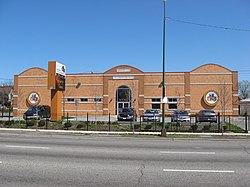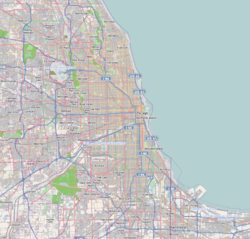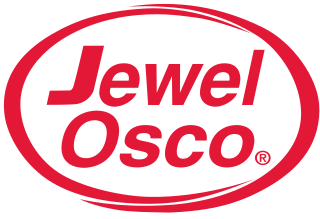
Jewel-Osco is a regional supermarket chain in the Chicago metropolitan area, headquartered in Itasca, a western suburb. In 2007, the company had 188 stores across northern, central, and western Illinois; eastern Iowa; and portions of northwest Indiana. Jewel-Osco has been a wholly owned subsidiary of Boise-based Albertsons since 1999. The company originally started as a door-to-door coffee delivery service before it expanded into delivering non-perishable groceries and later into grocery stores, and supermarkets. Prior to its 1984 acquisition by American Stores, Jewel evolved into a large multi-state holding company that operated several supermarket chains and other non-food retail chain stores located from coast to coast and had operated under several different brand names.
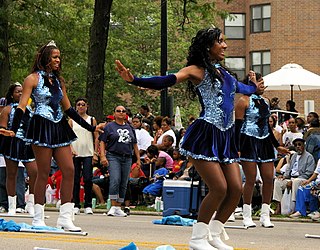
Washington Park is a community area on the South Side of Chicago which includes the 372 acre (1.5 km2) park of the same name, stretching east-west from Cottage Grove Avenue to the Dan Ryan Expressway, and north-south from 51st Street to 63rd. It is home to the DuSable Museum of African American History. The park was the proposed site of the Olympic Stadium and the Olympic Aquatics Center in Chicago's bid to host the 2016 Summer Olympics.
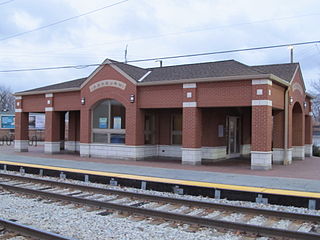
Ashburn, one of Chicago's 77 community areas, is located on the south side of the city. Greater Ashburn covers nearly five square miles. The approximate boundaries of Ashburn are 72nd Street (north), Western Avenue (east), 87th Street (south) and Cicero Avenue (west).

The Near South Side is a community area of Chicago, Illinois, United States, just south of the downtown central business district, the Loop. The Near South Side's boundaries are as follows: North—Roosevelt Road ; South—26th Street; West—Chicago River between Roosevelt and 18th Street, Clark Street between 18th Street and Cermak Road, Federal between Cermak Road and the Stevenson Expressway just south of 25th Street, and Clark Street again between the Stevenson and 26th Street; and East—Lake Michigan.

Douglas, on the South Side of Chicago, Illinois, is one of Chicago's 77 community areas. The neighborhood is named for Stephen A. Douglas, Illinois politician and Abraham Lincoln's political foe, whose estate included a tract of land given to the federal government. This tract later was developed for use as the Civil War Union training and prison camp, Camp Douglas, located in what is now the eastern portion of the Douglas neighborhood. Douglas gave that part of his estate at Cottage Grove and 35th to the Old University of Chicago. The Chicago 2016 Olympic bid planned for the Olympic Village to be constructed on a 37-acre (15 ha) truck parking lot, south of McCormick Place, that is mostly in the Douglas community area and partly in the Near South Side.

Lower West Side is a community area on the West Side of Chicago, Illinois, United States. It is three miles southwest of the Chicago Loop and its main neighborhood is Pilsen. The Heart of Chicago is a neighborhood in the southwest corner of the Lower West Side.

Grand Boulevard on the South Side of Chicago, Illinois, is one of the city's Community Areas. The boulevard from which it takes its name is now Martin Luther King Jr. Drive. The area is bounded by 39th to the north, 51st Street to the south, Cottage Grove Avenue to the east, and the Chicago, Rock Island & Pacific Railroad tracks to the west.

Calumet Heights, located on the South Side of the city, is one of the 77 well defined community areas of Chicago, Illinois. Calumet Heights is bounded by 87th Street on the north, South Chicago Avenue on the east, and railroad lines on the west and south.
Mid-Wilshire is a neighborhood in the central region of Los Angeles, California. It is known for the Los Angeles County Museum of Art, the Petersen Automotive Museum, and the Miracle Mile shopping district.
Star Market is a New England chain of supermarkets based in Greater Boston. It was owned by the Mugar family and started in 1915. The company was sold to The Jewel Companies, Inc. in 1964 and later to Investcorp, which in turn sold the chain to Shaw's Supermarkets. As stores were remodeled, many adopted the Shaw's name, leaving only a handful of Star Market stores operating by the late 2000s. In 2008, Shaw's began to revive the name, a trend which was expedited after the parent company of both chains was sold to Cerberus Capital Management. Today, both Shaw's and Star Market are administered as a single division.
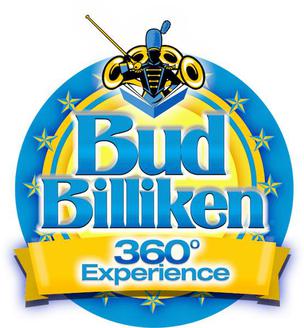
The Bud Billiken Parade and Picnic is an annual parade held since 1929 in Chicago, Illinois. The Bud Billiken Day Parade is the largest African-American parade in the United States. Held annually on the city's south side on the second Saturday in August, the parade route travels on Dr. Martin Luther King Drive through the Bronzeville and Washington Park neighborhoods. At the end of the parade, in the historic Washington public park is a picnic and festival. Robert S. Abbott, the founder and publisher of the Chicago Defender newspaper, created the fictional character of Bud Billiken, which he featured in a youth advice column in his paper. David Kellum, co-founder of the newspaper sponsored Bud Billiken Club and longtime parade coordinator suggested the parade as a celebration of African-American life.

De La Salle Institute is a private, Catholic, coeducational secondary school run by the Institute of the Brothers of the Christian Schools in the Bronzeville neighborhood on the South Side of Chicago, Illinois, United States. It was founded by Brother Adjutor of the De La Salle Brothers in 1889.

The Black Metropolis–Bronzeville District is a historic African American district in the Bronzeville neighborhood of the Douglas community area on the South Side of Chicago, Illinois.

Harold Washington Cultural Center is a performance facility located in the historic Bronzeville neighborhood of Chicago's South Side. It was named after Chicago's first African-American Mayor Harold Washington and opened in August 2004, ten years after initial groundbreaking. In addition to the 1,000-seat Commonwealth Edison (Com-Ed) Theatre, the center offers a Digital Media Resource Center. Former Chicago City Council Alderman Dorothy Tillman and singer Lou Rawls take credit for championing the center, which cost $19.5 million. It was originally to be named the Lou Rawls Cultural Center, but Alderman Tillman changed the name without telling Rawls. Although it is considered part of the Bronzeville neighborhood it is not part of the Chicago Landmark Black Metropolis-Bronzeville District that is in the Douglas community area.
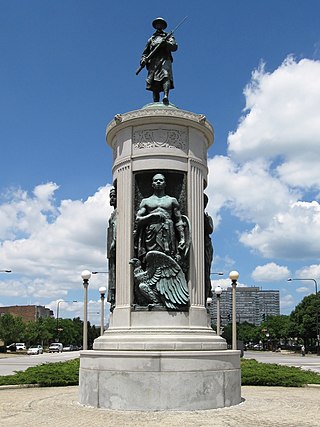
The South Side is one of the three major sections of the city of Chicago, Illinois, United States. Geographically, it is the largest of the three sections of the city, with the other two being the North and West Sides. It radiates and lies south of the city's downtown area, the Chicago Loop.

The South Side Community Art Center is a community art center in Chicago that opened in 1940 with support from the Works Progress Administration's Federal Art Project in Illinois. Opened in Bronzeville in an 1893 mansion, it became the first black art museum in the United States and has been an important center for the development Chicago's African American artists. Of more than 100 community art centers established by the WPA, this is the only one that remains open.
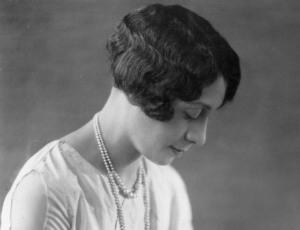
Vivian Gordon Harsh was an American librarian. Harsh is noted as the Chicago Public Library (CPL) system's first African American librarian, being assigned to the position on February 26, 1924. Harsh served as a librarian for 34 years until retiring in 1958. During her career, she began an extensive archive on African American history and culture, which is now known as, the Vivian G. Harsh Research Collection, at the CPL.
Evergreen Park Community High School, is a public high school located in Evergreen Park, Illinois southwest of Chicago. The high school has about 950 students in grades 9–12.

Eisner Food Stores was a chain of supermarkets in Illinois and Indiana. It was acquired by The Jewel Companies, Inc. in 1957. The Eisner stores were rebranded as Jewel in 1985.
Viola Hill was an African-American suffragist, activist, and musician. She was a founding member of the Alpha Suffrage Club and a community leader within the African Methodist Episcopal Church.
